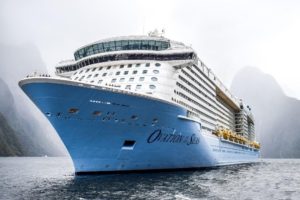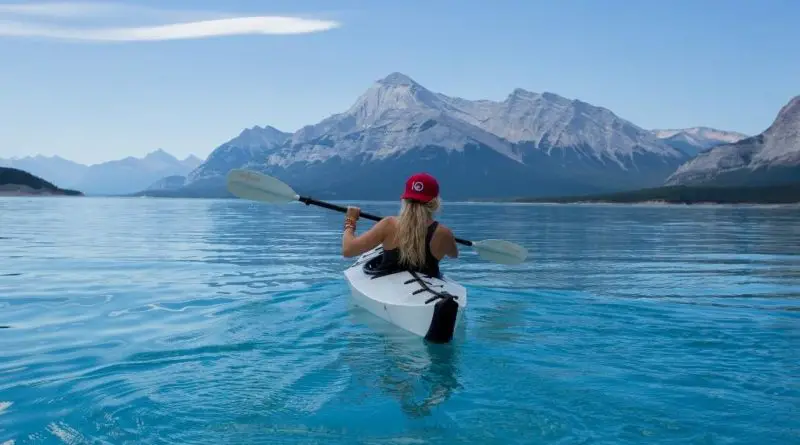Last modified on August 22nd, 2022 at 12:29 pm
Boating: A Comprehensive Beginner’s Guide
What is boating?
Boating is a popular maritime activity. Boating is the leisurely travel and use of any type of boats for numerous maritime activities. Whether you are simply travelling on the boat or you are using the boat for sports activities like the regatta, fishing or water skiing, it all considered as boating.
What are the different types of boats available to meet your needs?
There are different types of recreational boats or pleasure craft and they can be categorized into the following:
- Dinghies: powered by sail, muscle power or small engines
- Paddlesports boats like kayaks, rowing shells, and canoes.
- Runabouts: powered with either inboard engines, outboard or sterndrive
- Daysailers: these are sailboats with small auxiliary engines
- Cruisers: these are powerboats with cabins
- Cruising and racing sailboats: these are sailboats with auxiliary engines
Your boating activity will determine the type of boat to buy or use.
- Pallesports require lakes, rivers and oceangoing boat types like Kayaks, Canoes, and Row boats.
- Sailing requires Small sailboats, Cruising sailboats and Daysailers.
- Freshwater fishing boats are used for fishing for trout, salmon, and walleye among others.
- Watersport boats or skiboats are highpowered fast boats designed for activities like waterskiing and parasailing and require Saltwater fishing boats, Cruising boats, skateboards, inflatable towables, and wakesurfing.
- Racing and Regattas require Sailboat racing or larger yachts.

Boat Parts
Knowing your boating terms will help you understand the nautical world. Boats come in varieties of shapes and design, but one thing that remains consistent are the terms associated with it.
- Bow: the front of a boat or ship.
- Beam: the maximum width of a vessel.
- Gunwale: the top edge of the hull of a nautical vessel, where it meets the deck.
- Hull: the body of a vessel that rests in the water.
- Keel: an extension of the hall that increases stability.
- Propeller: a mechanical device, with shaped blades, used to propel a boat forward or backward.
- Draft: the depth of the water needed to float a vessel.
- Freeboard: the vertical distance between the top of the hall side and the waterline
- Starboard: the right side of a vessel or boat facing toward the bow
- Stern: The rear part or aft part of a ship or vessel
- All-Round White Light: indicates rear of a vessel
- Port: this is the left side of a boat when facing the bow.
- Red and Green Sidelights: directional indicators on the front of a vessel.
Why is anchoring a boat important?
Anchoring is important for boaters who fish or swim off of their boat and it also provides a steady site to park’ your boat while engaging in the numerous marine recreational activities. An anchor serves as a good safety measure when you disable your vessel and it can also prove vital in an emergency situation. There are basically three types of anchors. These include: the Fluke-style, the plow-style and the mushroom anchor.
How can you store and maintain your boat?
The size and design of your boat will determine how best you can store and maintain your boat.
- Home storage or hand-carried
You can simply carry your small boats and kayaks by hand or by ‘lashing’ them to the top of a vehicle. You can store your small boats at home and carry them to the water on boat trailers.
- Rack storage
Rack storage is a more modern form of storage where roundabouts are stored in large steel racks. These racks are stored in sheds and large specialized fork trucks are utilized to lift the boats off the racks and launch them into the water.
- Dry storage yards
This is where boats on trailers or dollies are stored on a hard surface. Boats stored in this way are either hoisted into the water or ramp-launched. Some yacht clubs will offer you a fenced area where your boats can be conveniently stored.
How do you stay safe while boating?

Useful Tips for Beginners
- To look like a pro, just simply go slow, especially while docking.
- Ensure you pack lots of snacks and water.
- Weather conditions on the sea are nothing like the weather on land. They are usually unpredictable, so do not be afraid to overdress. You can simply take off some of your garments when it gets hot and you’ll appreciate the extra clothes when it becomes windy and cold.
- Resist the temptation to overload your boat.
- Put your gadgets like cell phones, keys, wallets and other vital properties in a waterproof bag or zip lock before launching out on the water.
- Do not go boating without an emergency beacon. Read the instructional manual of your beacon and ensure it is registered
- Use standardized marine parts when your boat needs repairs.
- Keep your beacons away from high water pressure, children who may set it off by accident, magnetic sources, like microphones or radios, and generally from equipment that may accidentally knock the activation switch
- Before heading out on your boat trip, ensure that your anchor rode and chain are not tangled to ensure fast deployment in the case of an emergency.
- Check out the weather often and early before you head out and do not hesitate to cancel or postpone your boating plans. It is imperative that you know when to go or not to go in and out of an ocean bay or offshore.
- Find a lifejacket that you like and find comfortable.
- You should bring along skin protections such as sunscreen or sunblock, to avoid getting a sunburn.
- Be sure to practice capsizing and righting, when starting to sail in a small sailboat.
- Ensure your handheld VHF is fully charged on any trip.
- Safety equipment are a must. So ensure you check your local, state and federal safety regulations and requirements before heading out
- Know your landmarks, keep a boating journal, pay attention to your GPS functions and basically have a plan before heading out so you don’t end up being disoriented.
A boat is composed of hundreds of different parts. Each one of them is important to its proper functioning. There is some marine equipment which can also be classified under accessories that can make the boat more comfortable or even luxurious. There are other parts which keep the boat safe.




